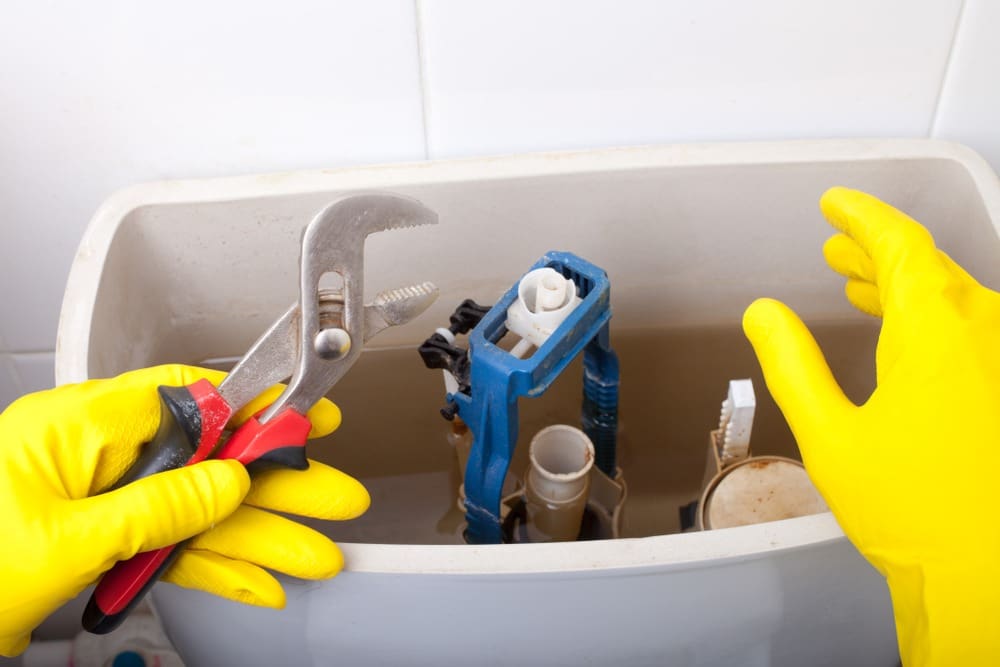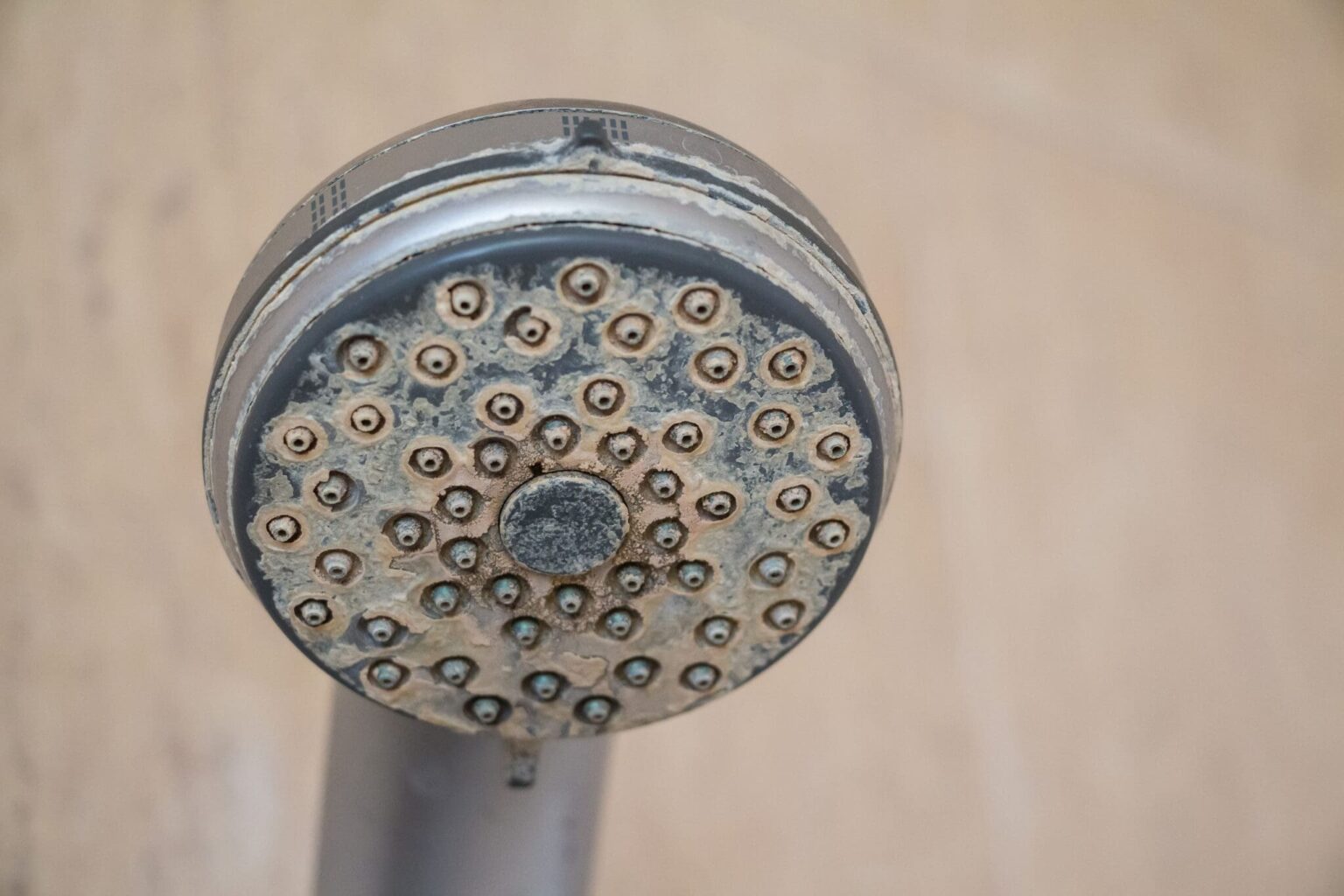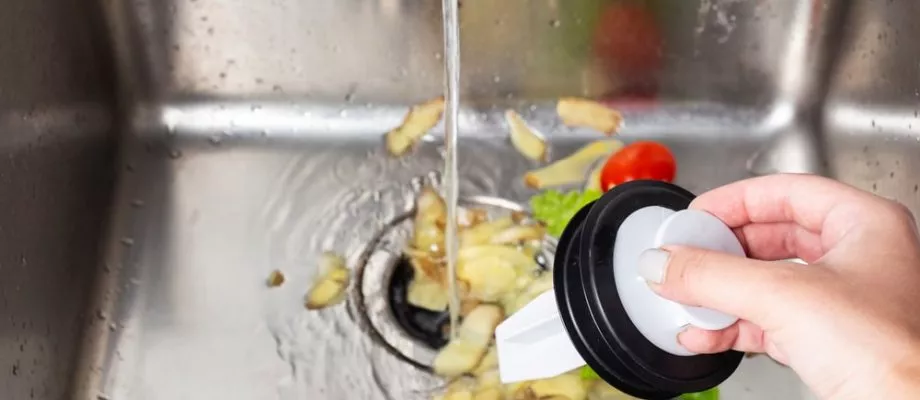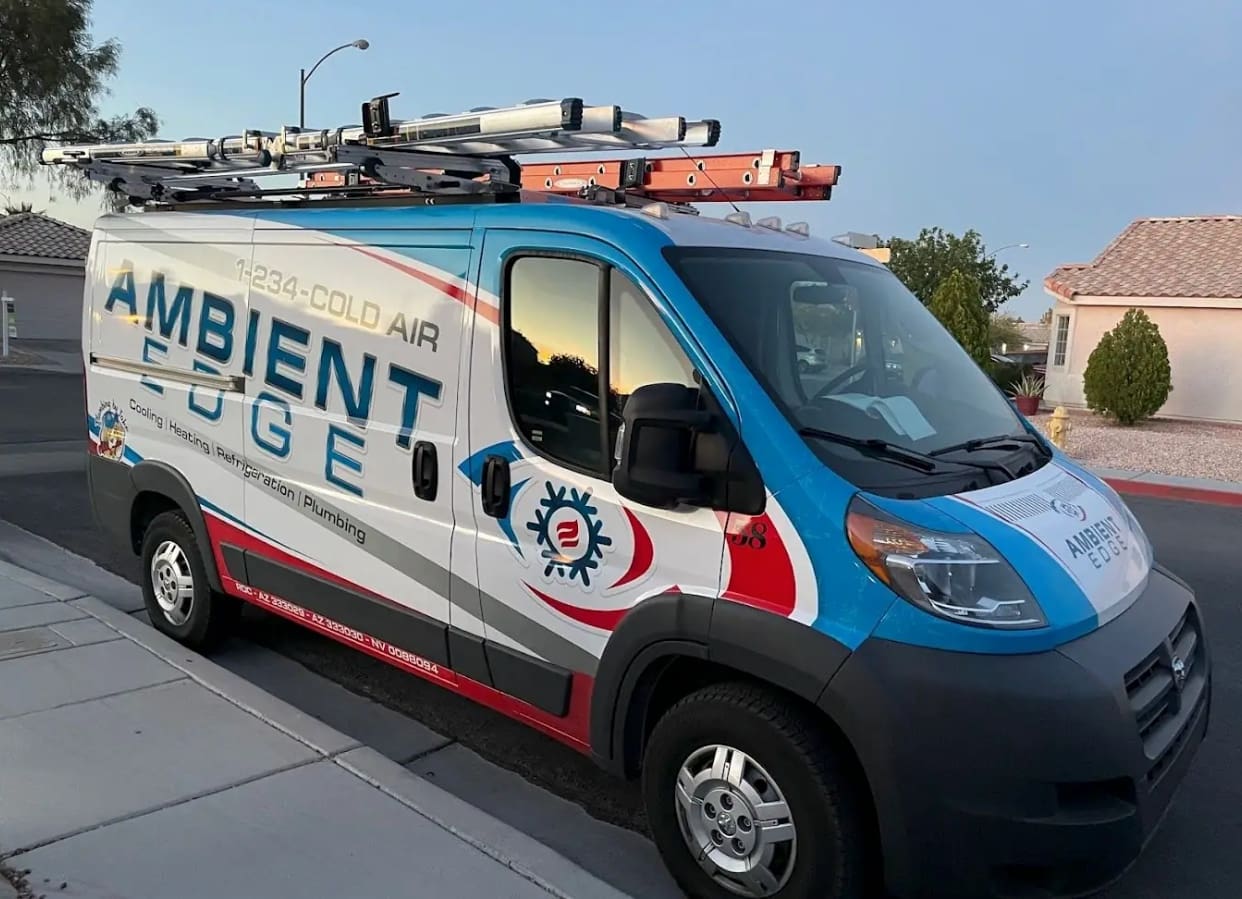As helpful as balanced ventilation systems are for providing fresh air and keeping you comfortable in the Arizona and Nevada heat, they don’t always work flawlessly. When a problem comes up, knowing the basics of ERV and HRV troubleshooting can help you get the fresh air flowing again.
Power and Airflow Problems
The first steps in ERV and HRV troubleshooting are the same for both types of systems. Make sure the power switch is set to “on.” It may have been bumped and shut off by accident. Next, open your home’s electrical panel to check for tripped breakers or blown fuses. If you find one, reset the breaker or replace the fuse. Do this only once, though. A repeatedly tripped breaker or blown fuse suggests an electrical problem that requires help from an ventilation technician.
Impaired airflow can also cause malfunctions. Make sure air filters aren’t dirty and that the exhaust air grilles aren’t clogged. Where possible, look inside the ducts for obstructions, such as deteriorating insulation or a child’s toy that’s fallen.
Different Systems Have Different Problems
When you run an energy recovery ventilator (ERV) in cold temperatures, it will occasionally switch into defrost mode for up to 20 minutes to prevent ice from building up in the core. If the system isn’t providing airflow, check whether it’s in air exchange mode or defrost mode.
A heat recovery ventilator (HRV) may fail to ventilate properly if the condensate drain is blocked and condensate (water) can’t drain easily. Check both the drain and the rubber grommet at the end of the drain for buildup and clean as necessary. Make sure the drain isn’t kinked and that it’s set at a slight downward angle.
If you still can’t get your ventilation system working right, call a technician for help.
For more information on ERV and HRV troubleshooting, check out Ambient Edge’s ventilation solutions or call us.
Image via Thinkstock





